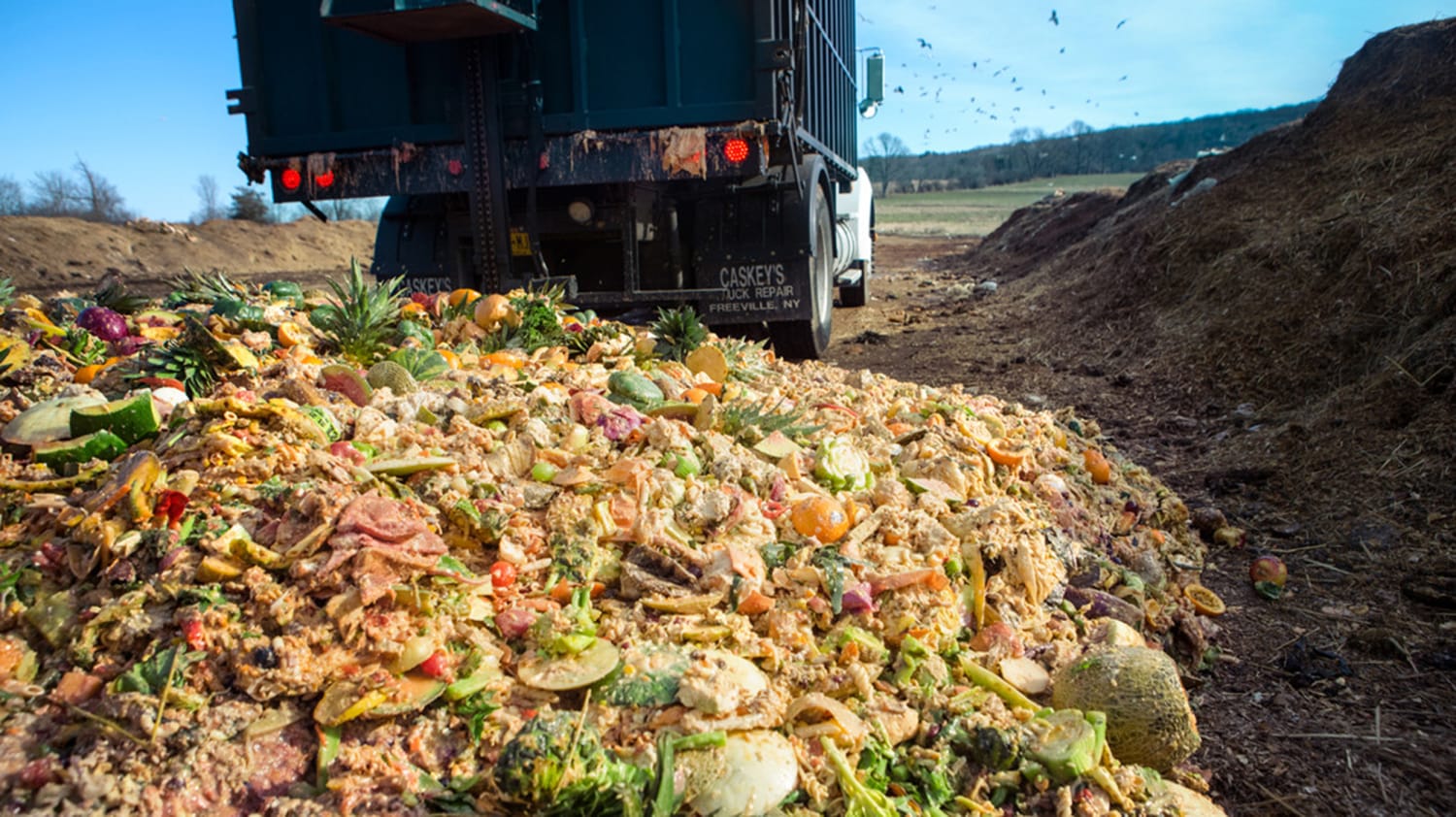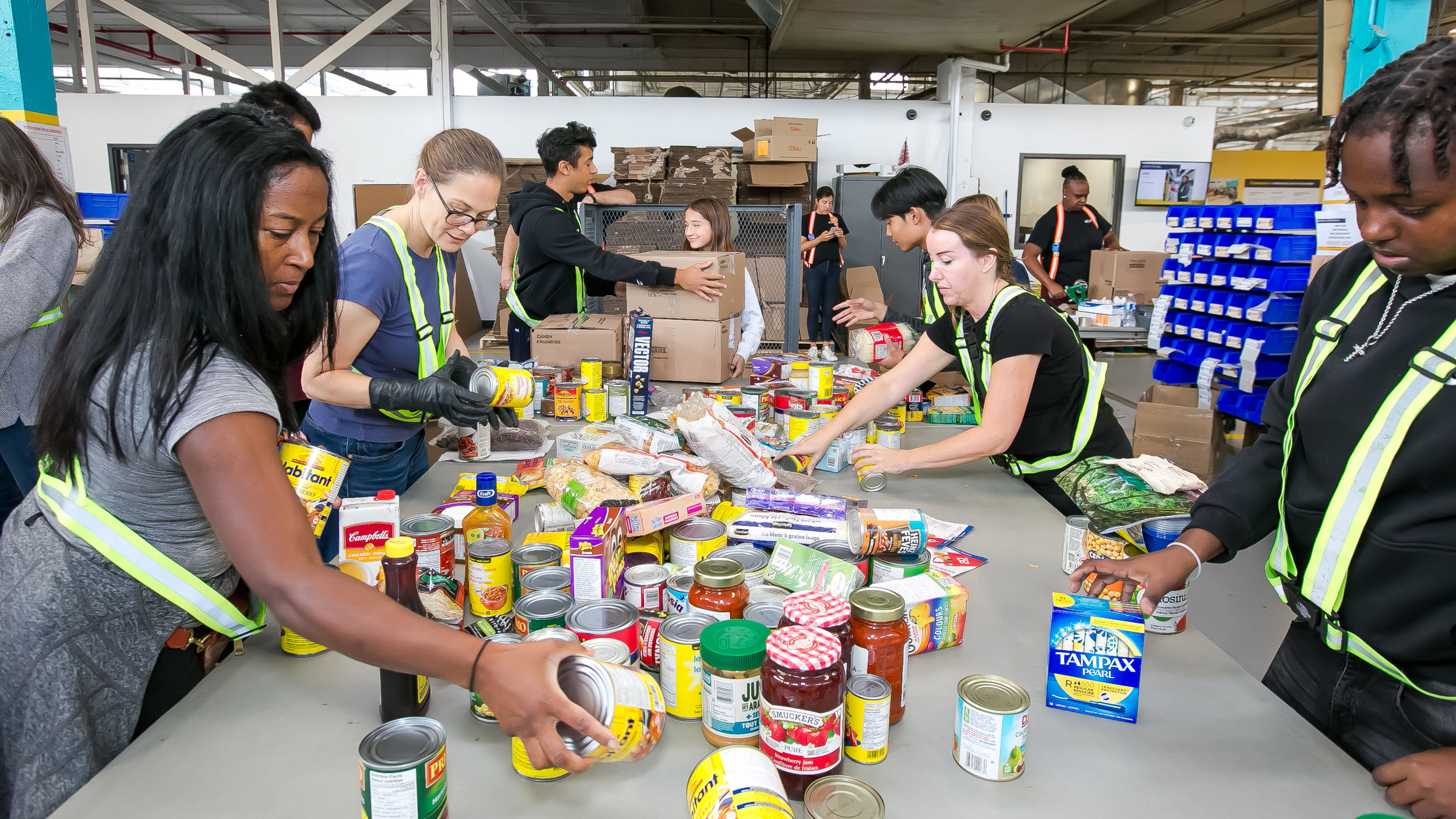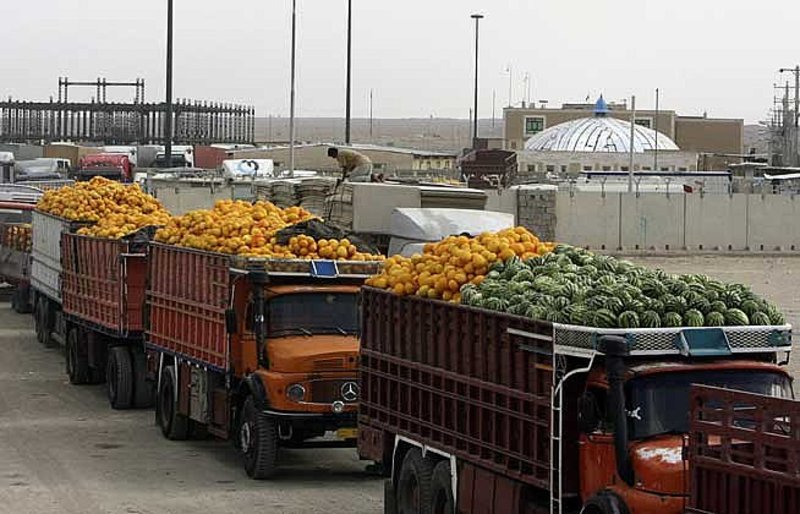Concepts from the unit
- Food waste
- Environmental impacts of food waste
- Consumer expectations and industry standards
- Sustainability
Guiding Question: How might food waste in developed countries contribute to environmental problems and what are some solutions?
Food waste in developed contributes significantly to environmental problems. Around 40% of food produced globally is wasted, mostly at the retail and consumer levels. Food still fit for consumption is frequently thrown out due to strict aesthetic standards, overproduction, and lack of education surrounding expiration labels. At the retail level, many supermarkets reject “ugly” produce and throw out food much before their “best before” dates. At the consumer level, overbuying, impulse purchases, and confusion between “best before” and “expiry” dates cause large amounts of waste. In fact, the average household discards 15-25% of purchased food (Baldwin, 2014)
The environmental impacts of food waste are notable. When food is wasted, the resources used to produce it are also wasted. This includes 25% of global freshwater, large amounts of land, and fossil fuels for transportation and production. Food waste also plays a big role in contributing to climate change. Landfills containing rotting food that releases methane and food waste contribute to about 20% of greenhouse gas emissions. Methane is a greenhouse gas (GHG) 25 times stronger than carbon dioxide. Additionally, agriculture damages biodiversity, causes soil degradation, and deforestation (Lewis, 2022).



Consumer education and policy changes are important in reducing food waste. Governments can require supermarkets to donate unsold food, like in France. Educating consumers on the difference between “best before” and “expiry” dates can also help reduce food waste at a household level. At a community level, surplus foods can be redistributed through donation programs. Additionally, gleaning (collecting leftover crops) initiatives and recycling/composting food can help make sure excess food is given to those in need or returned to the environment sustainably. Food waste reduction should be normalized through practices like buying “ugly” produce, meal planning, and freezing leftovers (Lewis, 2022).